Blogs
Exploring Kubernetes Deployment Strategies

Kubernetes, the de facto orchestrator for containerized applications, offers various deployment strategies to ensure high availability, fault tolerance, and seamless application updates. Understanding these strategies is crucial for maintaining robust and resilient services.
1. Rolling Update Strategy
Description: The rolling update is the default deployment strategy in Kubernetes. It incrementally updates Pods instances with new ones.
How it works: New Pods are gradually rolled out and old Pods are terminated. During the update, the application remains operational.
Use-case: Ideal for production environments where zero downtime is critical.
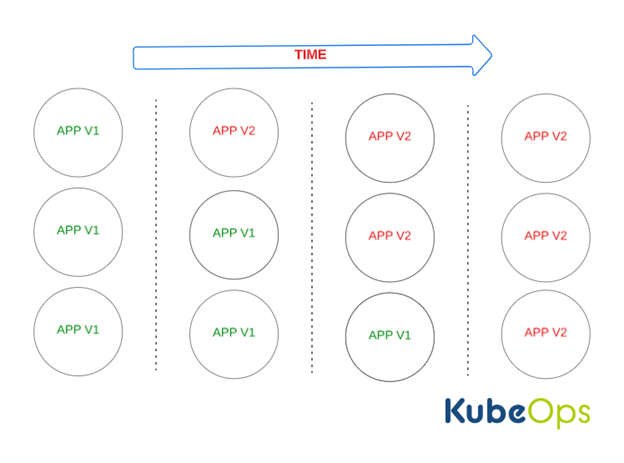
2. Blue/Green Deployment
Description: This method reduces deployment risk by running two identical environments, only one of which serves production traffic.
How it works: The 'Blue' environment is the current deployment and 'Green' is the new version. Once 'Green' is tested and ready, traffic is switched.
Use-case: Useful for critical applications where testing the new version is necessary before going live.
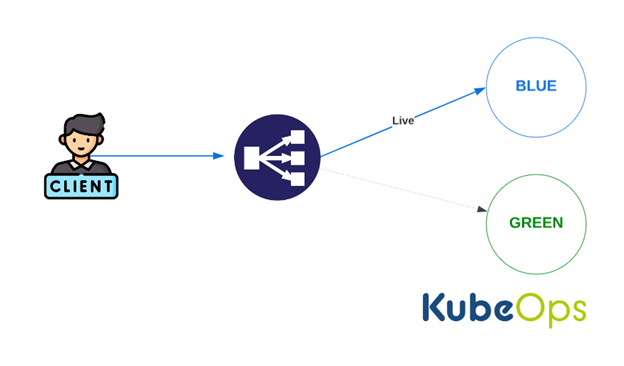
3. Canary Deployment
Description: Canary deployments allow rolling out the change to a small subset of users before scaling up.
How it works: A new version (canary) is released alongside the stable production version. Traffic is gradually shifted to the canary.
Use-case: Best for user-centric applications where user feedback is crucial for updates.
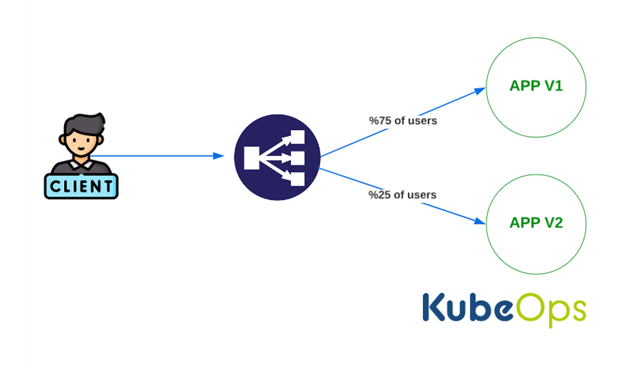
4. A/B Testing Deployment
Description: Similar to canary but focuses on experimentation to gauge user response.
How it works: Traffic is split between two or more versions based on certain criteria, such as user demographics.
Use-case: Ideal for applications where different features need to be tested among varied user segments.
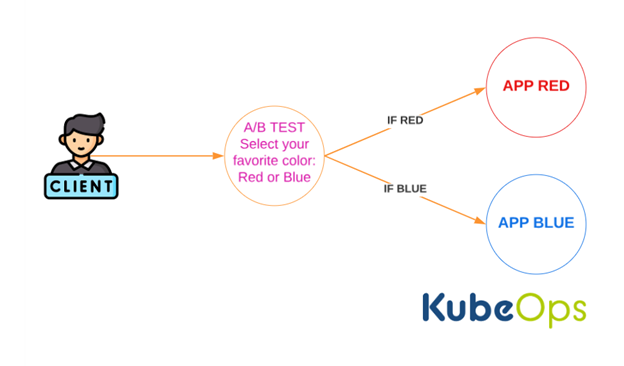
5. Shadow Deployment
Description: Shadow deployment involves deploying a new version alongside the existing version without directing user traffic to it.
How it works: Real traffic is mirrored to the new version. This approach is used for testing in production-like conditions without affecting users.
Use-case: Useful for performance and load testing under real conditions.
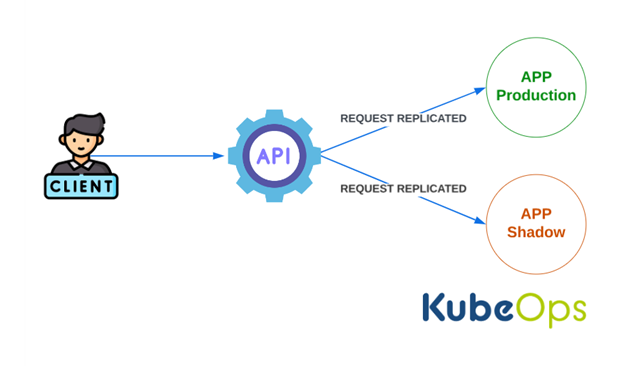
6. Stateful Application Deployment
Description: StatefulSets are Kubernetes objects used for applications where data persistence and unique identity are crucial.
How it works: Each Pod in a StatefulSet has a unique, persistent identifier and maintains its state across rescheduling.
Use-case: Ideal for databases or any other stateful applications.
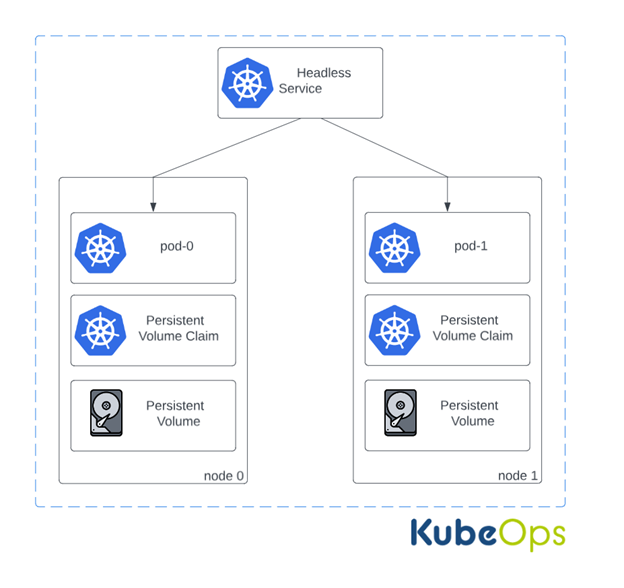
Conclusion
Understanding and choosing the right deployment strategy in Kubernetes is vital for robust application lifecycle management. The chosen method should align with the application's requirements and the team's operational capabilities.

